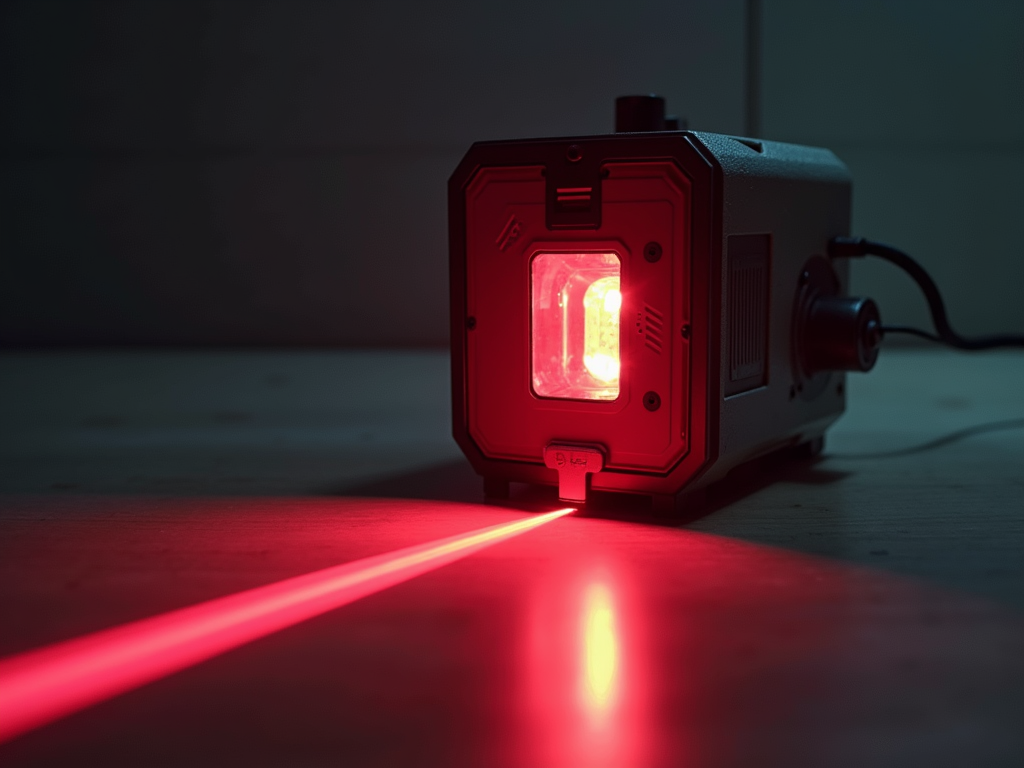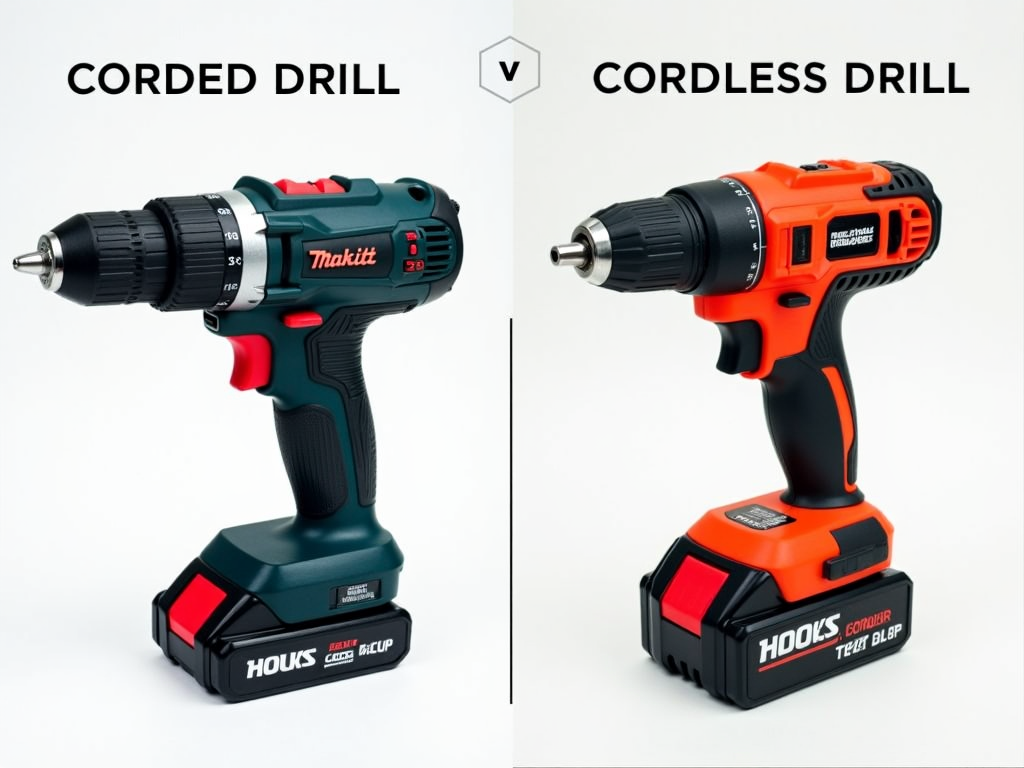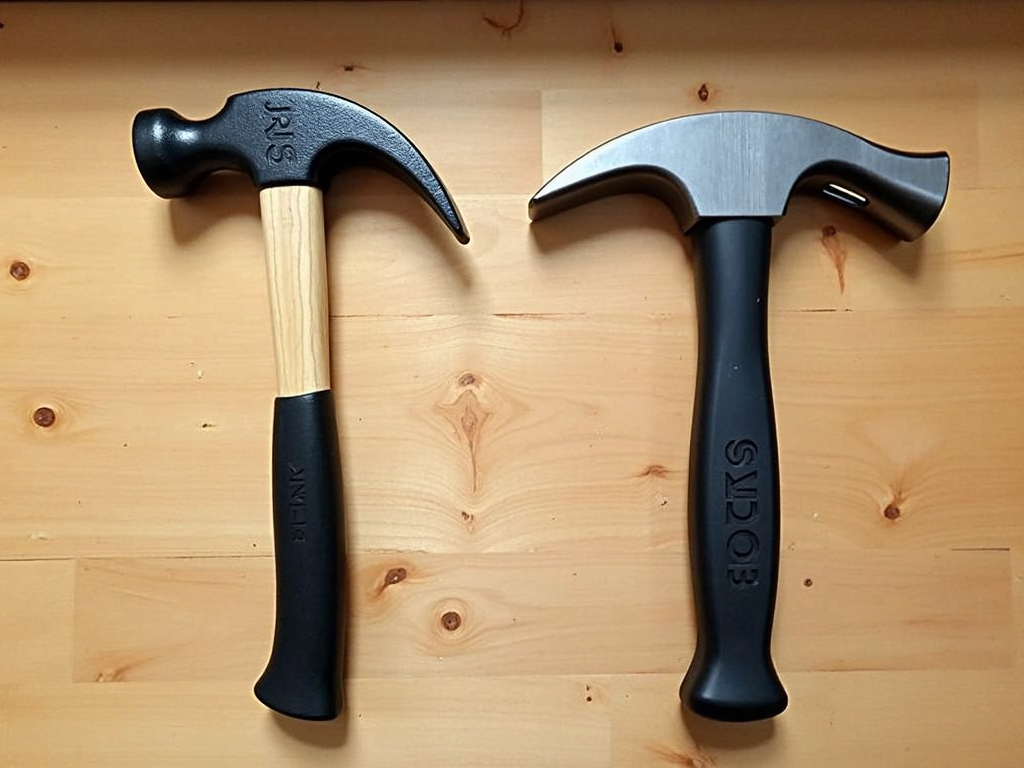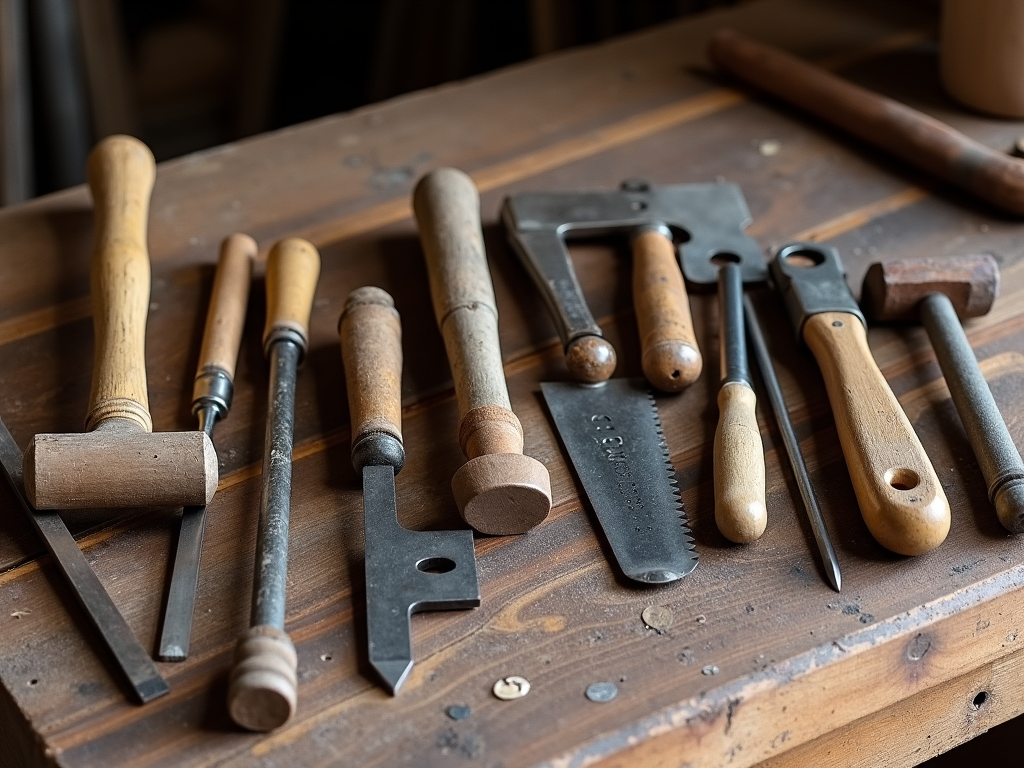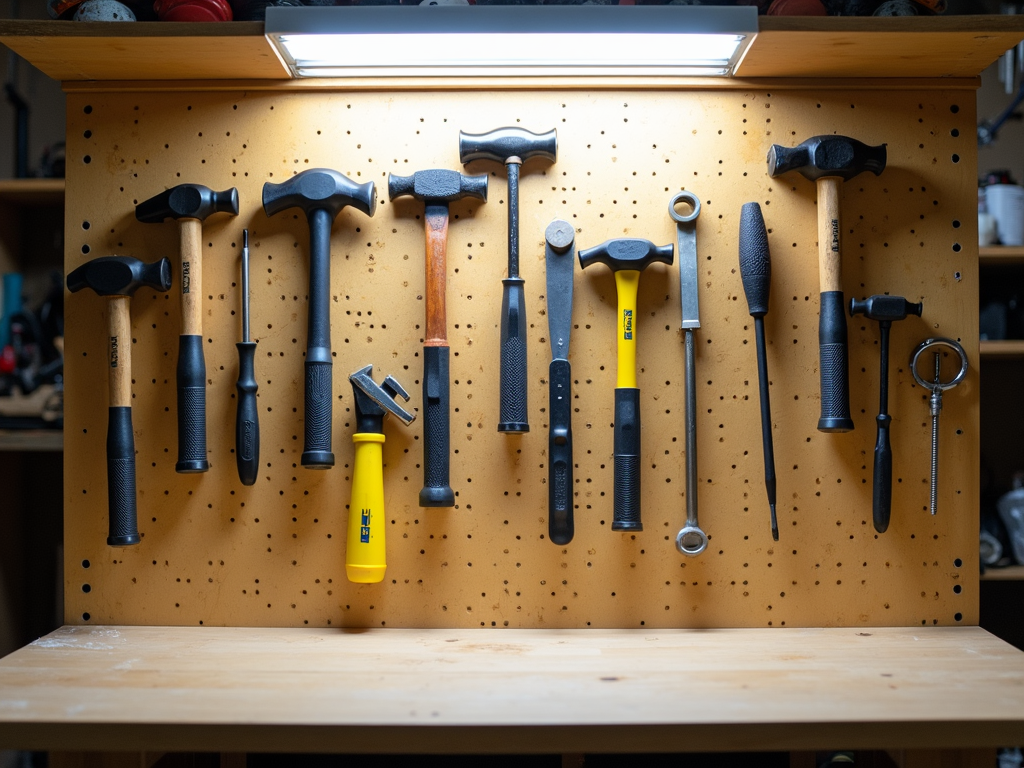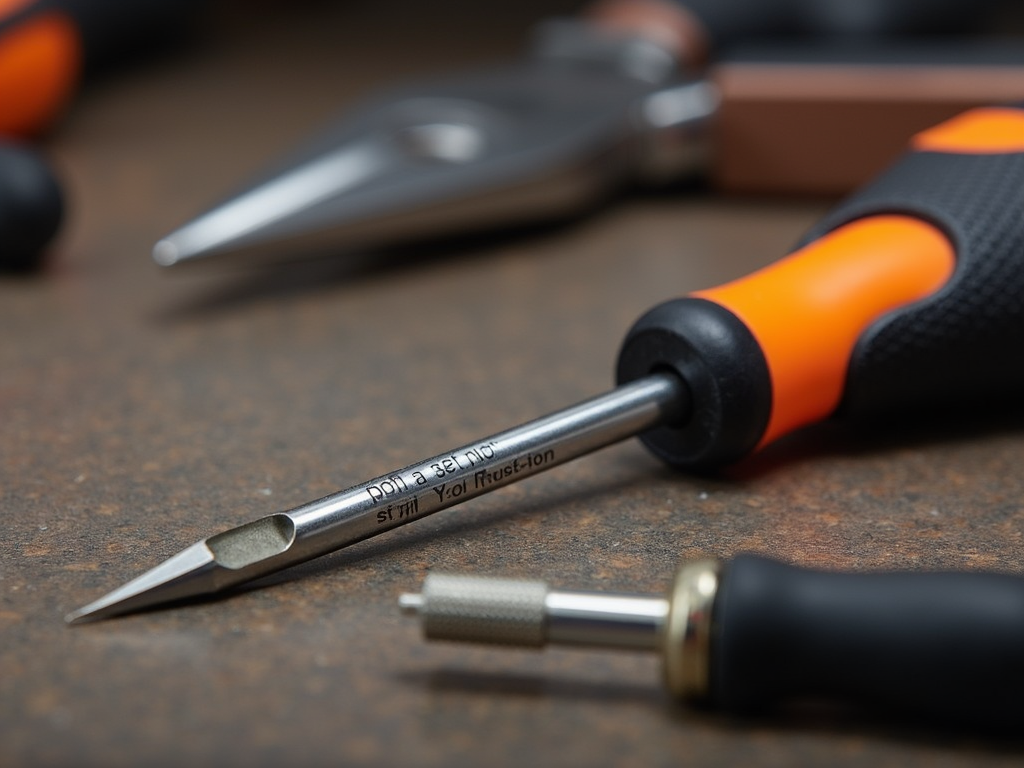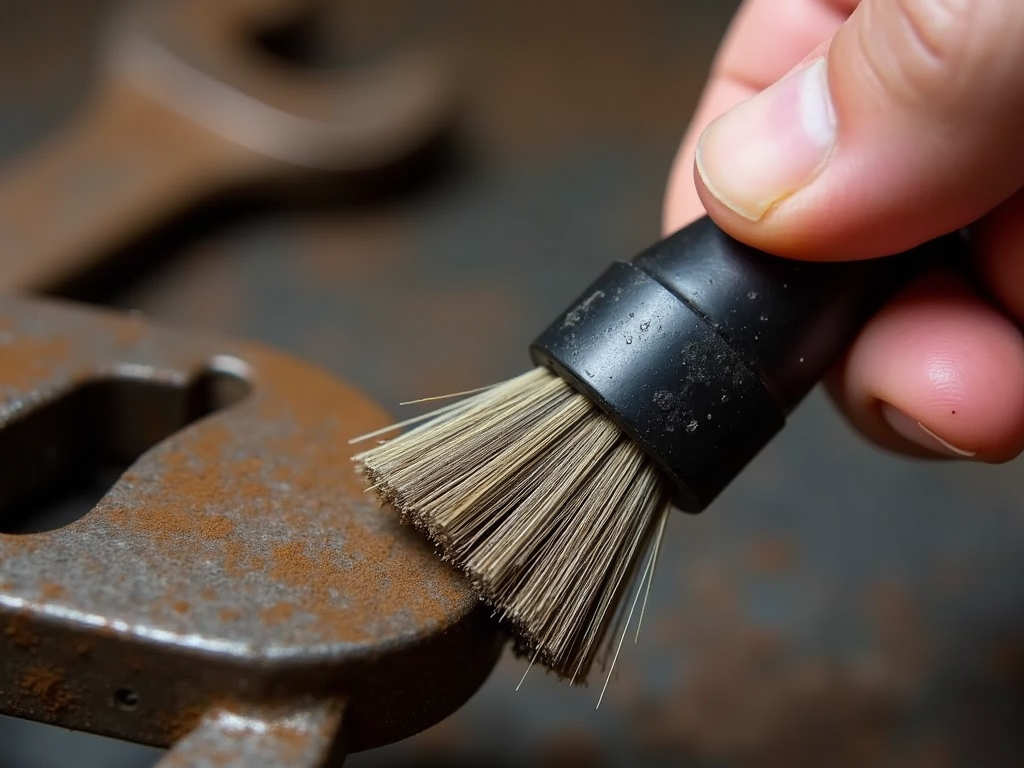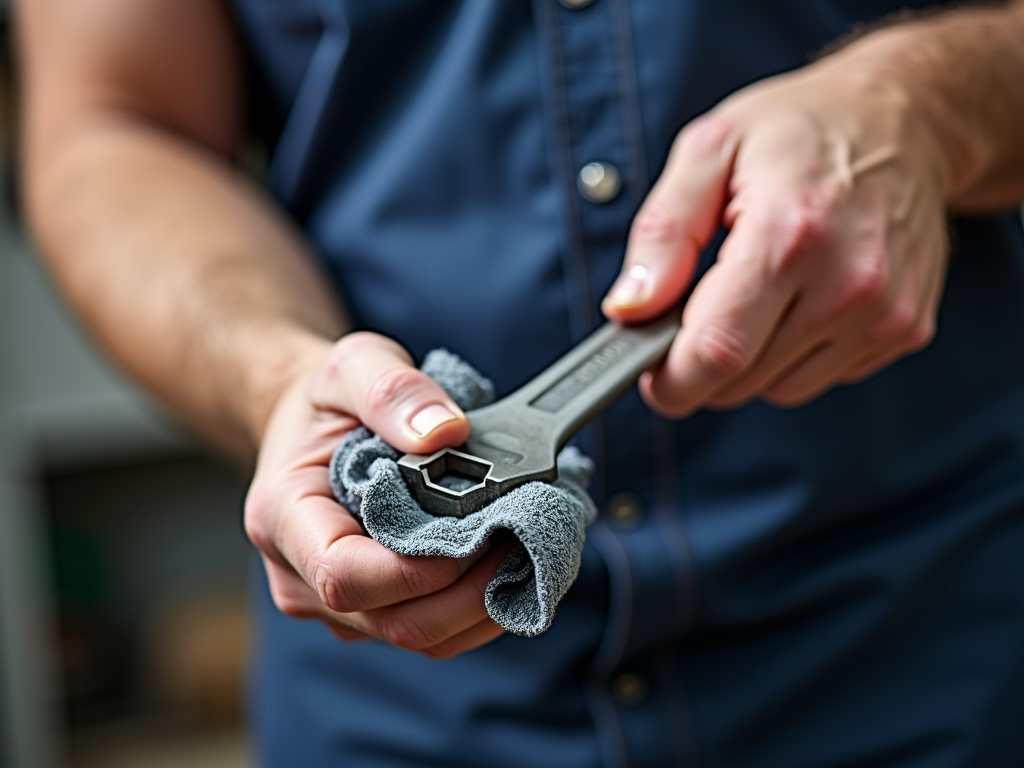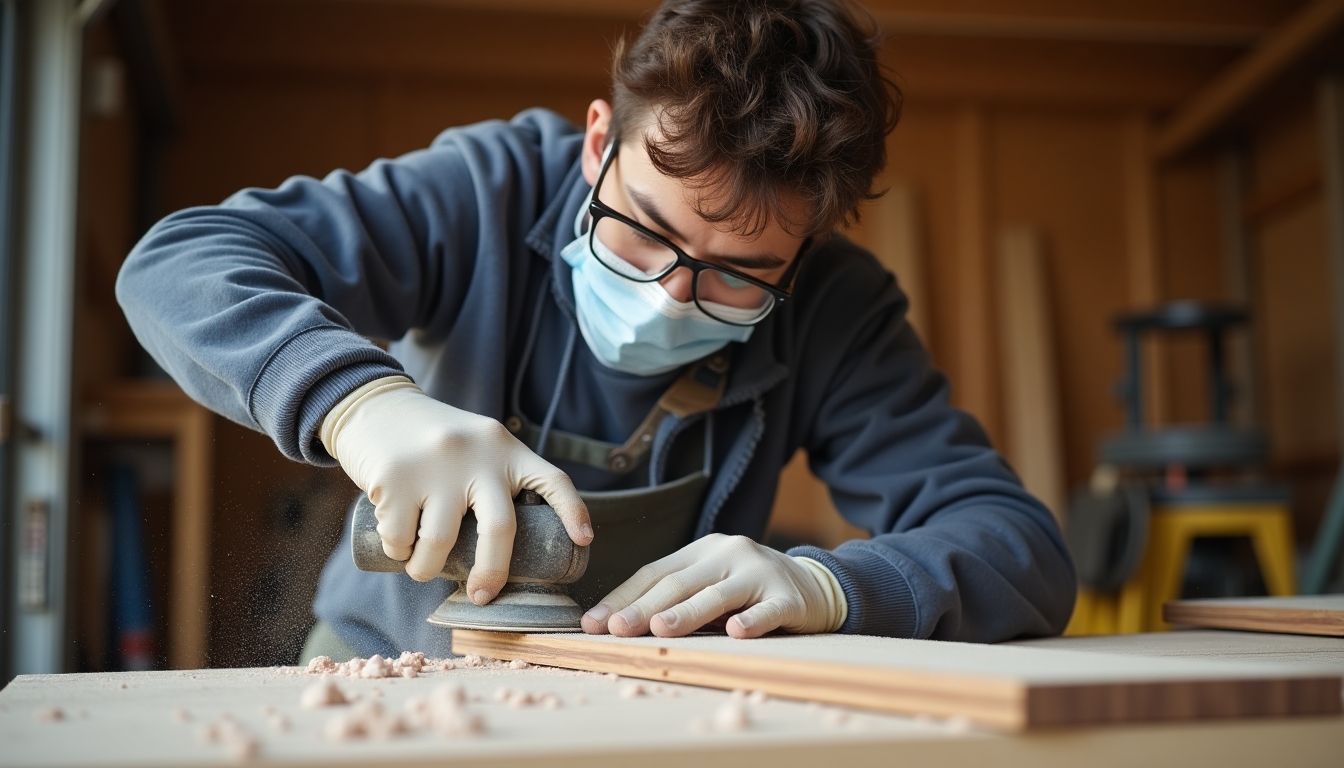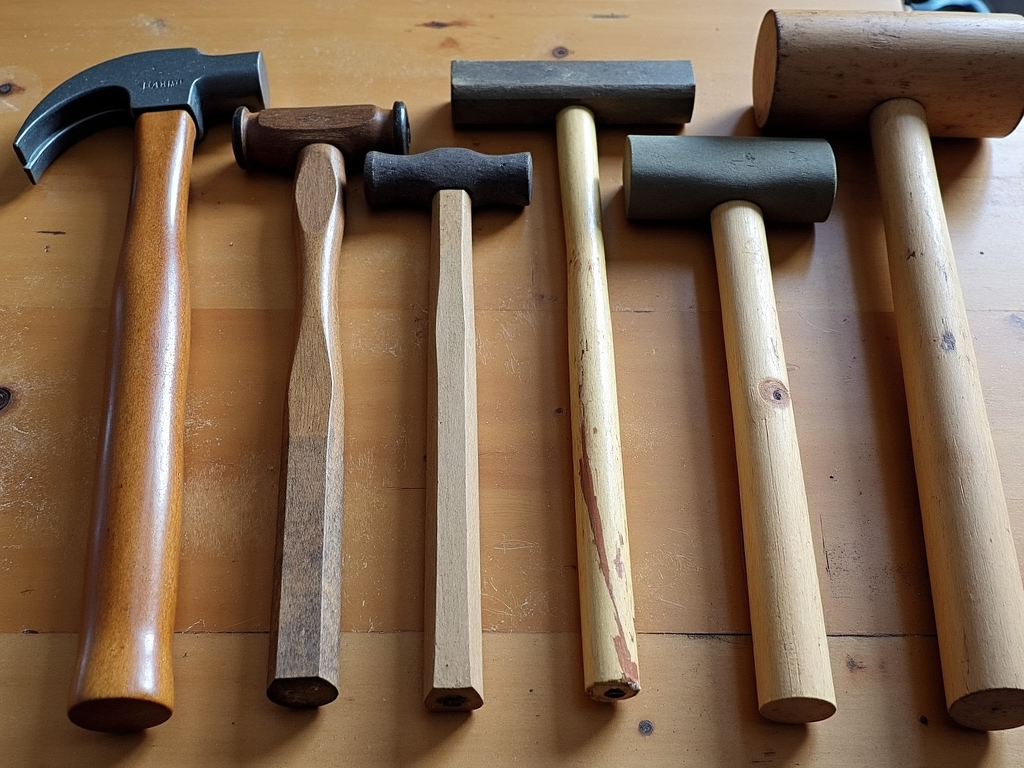Overview
Embarking on your DIY journey? Equip yourself with the right tools to ensure success. This guide highlights the top 10 must-have tools for beginners, offering insights on selection, usage, and safety.
Introduction
Starting a DIY project can be both exciting and daunting, especially for beginners. Having the right tools is crucial to ensure your projects are successful and enjoyable. In this guide, we'll explore the top 10 must-have tools for DIY beginners, providing insights on how to choose the right tools for the job and tips on using them safely.
Why the Right Tools Matter
Before diving into the list, it's important to understand why having the right tools is essential. The right tools can:
- Improve efficiency and precision
- Enhance safety
- Boost confidence and enjoyment
- Save time and money in the long run
Investing in quality tools from the start can set you up for success in your DIY endeavors.
Top 10 Must-Have Tools for DIY Beginners
Here are the essential tools every DIY beginner should have in their toolkit:
1. Hammer
A hammer is a fundamental tool for any DIY project. It's used for driving nails, removing nails, and even light demolition work.
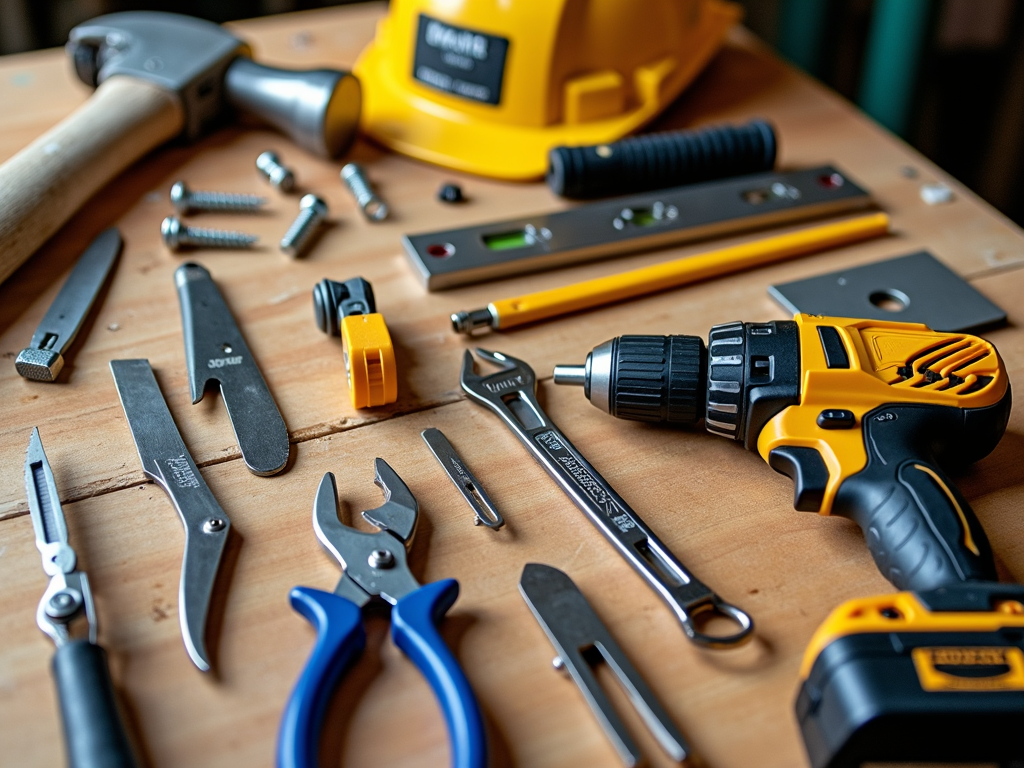
How to Choose the Right Hammer
When selecting a hammer, consider the following:
- Weight: A 16-ounce hammer is a good all-purpose choice for beginners.
- Handle: Look for a comfortable grip that reduces vibration.
- Claw Type: A curved claw is ideal for removing nails, while a straight claw is better for prying.
How to Use a Hammer Safely
Safety is paramount when using a hammer. Follow these tips:
- Always wear safety glasses to protect your eyes from flying debris.
- Use the hammer with a firm grip and controlled swings.
- Ensure the work area is clear of obstructions.
- Avoid using a hammer with a loose or damaged head.
For more detailed guidance on using a hammer safely, check out this comprehensive guide from the Occupational Safety and Health Administration (OSHA).
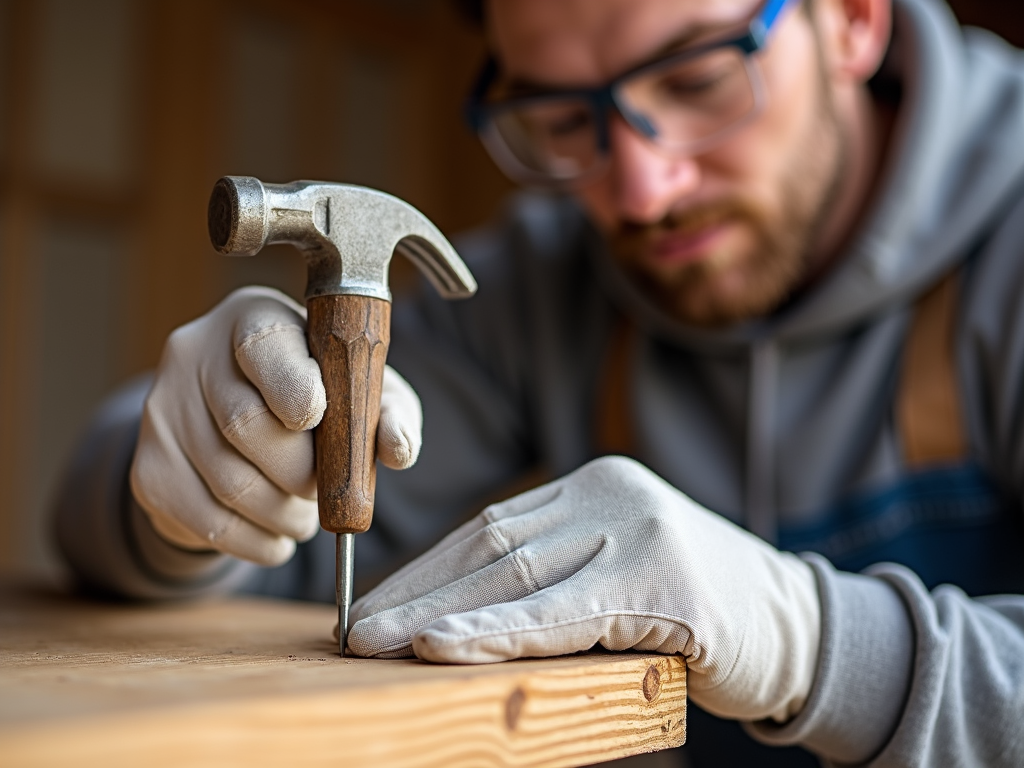
2. Screwdriver Set
A good screwdriver set is indispensable for assembling furniture, installing hardware, and more.
Types of Screwdrivers
- Flathead: For screws with a single slot.
- Phillips: For screws with a cross-shaped slot.
- Torx: For screws with a star-shaped slot, common in electronics.
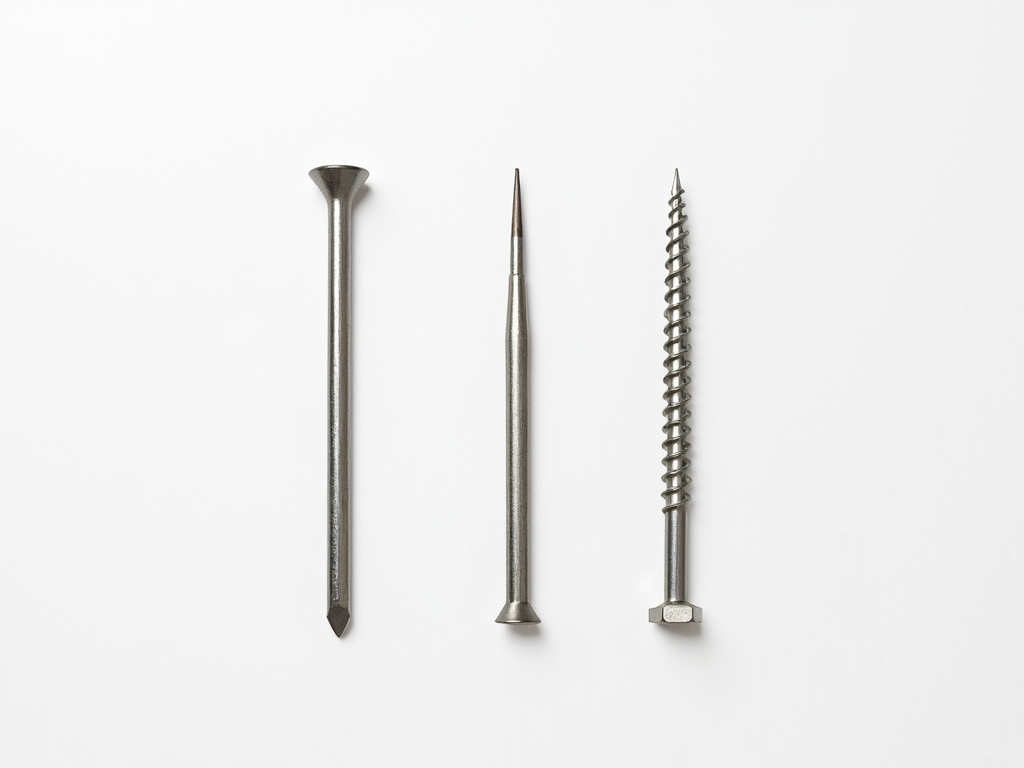
Choosing the Right Screwdriver Set
Opt for a set that includes a variety of sizes and types. Magnetic tips can be particularly useful for holding screws in place.
3. Tape Measure
Accurate measurements are critical in DIY projects. A tape measure is essential for measuring lengths, widths, and heights.
Features to Look For
- Length: A 25-foot tape measure is versatile for most projects.
- Locking Mechanism: Ensures the tape stays extended while measuring.
- Durability: Look for a tape with a sturdy case and a blade that resists bending.
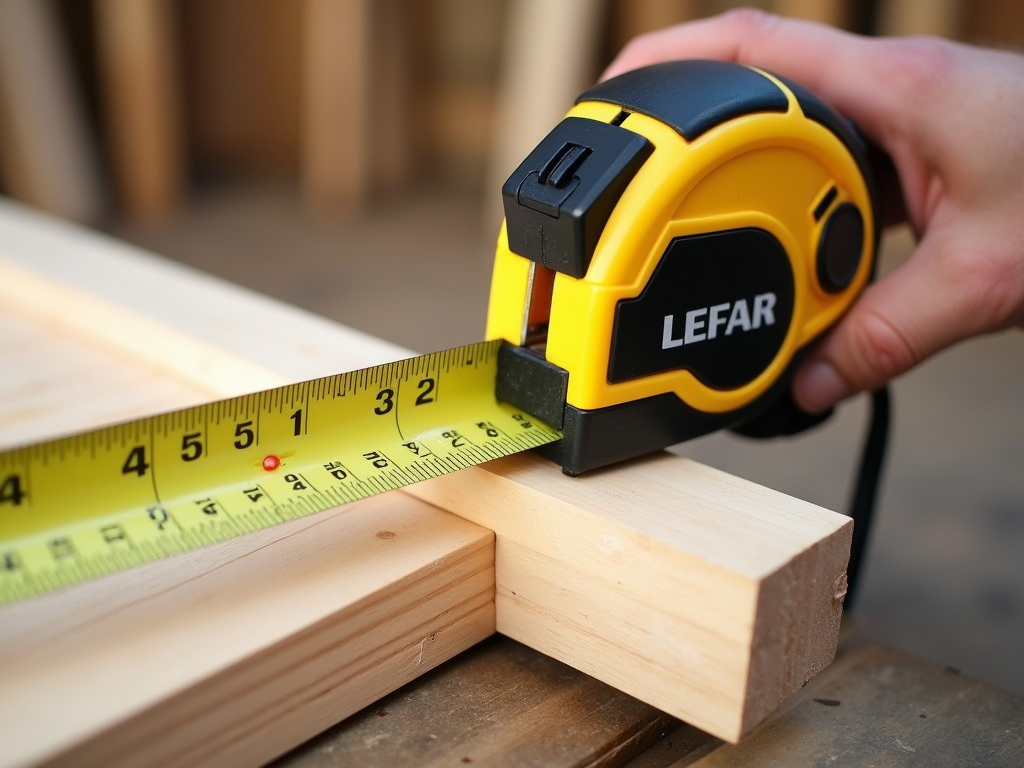
4. Level
A level ensures your projects are straight and even, whether you're hanging shelves or installing cabinets.
Types of Levels
- Bubble Level: Traditional and easy to use.
- Laser Level: Provides a precise line for alignment over longer distances.
For beginners, a bubble level is sufficient and cost-effective.
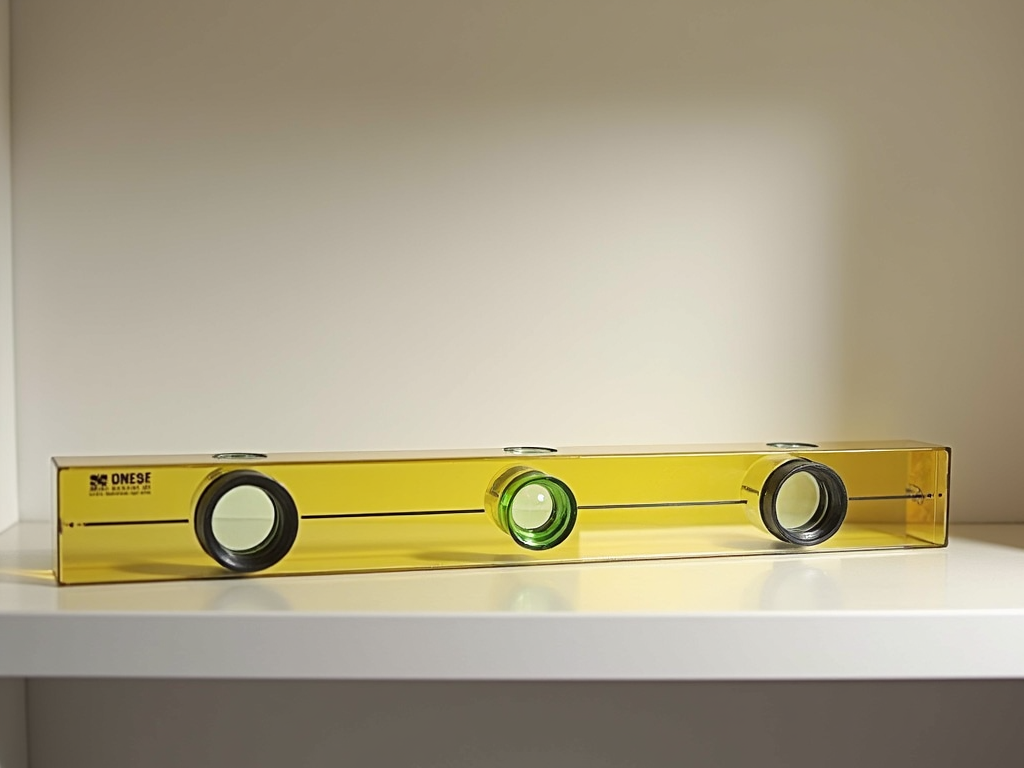
5. Utility Knife
A utility knife is perfect for cutting materials like cardboard, drywall, and carpet.
Safety Tips
- Always retract the blade when not in use.
- Use a cutting mat or surface to protect your work area.
- Replace blades regularly to maintain sharpness.
6. Pliers
Pliers are versatile tools for gripping, bending, and cutting wires.
Types of Pliers
- Needle-Nose Pliers: For precise work in tight spaces.
- Slip-Joint Pliers: Adjustable for various tasks.
- Cutting Pliers: For cutting wires and small materials.
A set that includes multiple types is ideal for beginners.
7. Adjustable Wrench
An adjustable wrench is essential for tightening and loosening nuts and bolts of various sizes.
Choosing the Right Wrench
Look for a wrench with a smooth adjustment mechanism and a comfortable grip.
8. Drill and Drill Bits
A drill is a powerful tool for making holes and driving screws.
Corded vs. Cordless
- Corded Drills: More powerful but less portable.
- Cordless Drills: Convenient and suitable for most DIY tasks.
For beginners, a cordless drill with a set of drill bits is a great starting point.
9. Saw
A saw is necessary for cutting wood, plastic, and other materials.
Types of Saws
- Hand Saw: Good for small projects and precision cuts.
- Circular Saw: More powerful for larger projects.
For beginners, a hand saw is easier to handle and control.
10. Safety Gear
Safety should always be a priority. Essential safety gear includes:
- Safety Glasses: Protect your eyes from debris.
- Gloves: Shield your hands from cuts and abrasions.
- Ear Protection: Necessary when using loud tools like drills and saws.
Choosing the Right Tools for the Job
When embarking on a DIY project, selecting the right tools is crucial. Here are some tips to help you choose:
- Assess the Project: Determine the tasks involved and the tools required.
- Quality Over Quantity: Invest in high-quality tools that will last.
- Versatility: Opt for tools that can be used for multiple purposes.
- Comfort and Fit: Ensure the tools feel comfortable in your hands.
For more insights on selecting the right tools, refer to this guide from the University of California Agriculture and Natural Resources.
The Ultimate Guide to Purchasing Workman Tools
Purchasing tools can be overwhelming, especially for beginners. Here's a step-by-step guide to help you make informed decisions:
1. Research and Plan
- Identify the tools you need based on your projects.
- Read reviews and compare brands.
2. Set a Budget
- Determine how much you're willing to spend.
- Remember that quality tools are an investment.
3. Shop from Reputable Sources
- Purchase from established hardware stores or online retailers with good reputations.
- Check for warranties and return policies.
4. Inspect Before Buying
- If possible, handle the tools to check for comfort and quality.
- Look for tools with ergonomic designs.
5. Start Small
- Begin with the essentials and expand your toolkit as needed.
For additional tips on purchasing tools, visit Consumer Reports.
Tips for Maintaining Your Tools
Proper maintenance extends the life of your tools and ensures they perform optimally.
- Clean After Use: Remove dirt and debris.
- Store Properly: Keep tools in a dry, organized space.
- Sharpen Blades: Regularly sharpen saws and knives.
- Lubricate Moving Parts: Prevent rust and ensure smooth operation.
Conclusion
Equipping yourself with the right tools is the Accessibility to start your DIY journey. By investing in these top 10 must-have tools and following the tips provided, you'll be well-prepared to tackle a variety of tasks with confidence. Remember to prioritize safety and choose tools that suit your needs and comfort level.
Related Top 10 Must-Have Tools for DIY Beginners:
- Innovative Construction Tools: Boosting Efficiency on the Job Site
- Exploring the Latest Trends in Electrical Tools for 2023
- Why Ergonomics Boosts Efficiency: The Power of Ergonomic Hand Tools
- The Evolution of Power Tools: From Manual to Modern
- Maintenance Tips for Keeping Your Tools in Top Condition
- Ergonomic Workbench Setup Tips for a Comfortable and Productive Workspace
- How to Choose Ergonomic Workman Tools
- How to Care for Your Hand Tools Like a Pro
- Essential Hand Tools Maintenance Tips for Every Workman
- Essential DIY Safety Tips for Beginners: A Comprehensive Guide
- Mastering Automation: A Deep Dive into Advanced Electrical Tools
- Choosing the Perfect Hammer for Every Job: A Comprehensive Guide
